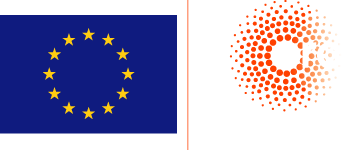If you are interested in knowing more about, or helping us with these projects please contact us!
1. Object Recognition and the representation and organization of object knowledge.
This is our main line of research. It focuses on understanding how we can recognize objects with such ease and proficiency, despite the computationally intense processes that underlie object recognition. Specifically, this line of research proposes that this challenging feat is dependent on an effective organization of object knowledge in the brain, and will put forth a novel understanding of how object knowledge is organized. This line of research is supported by an ERC Starting grant – ContentMAP.
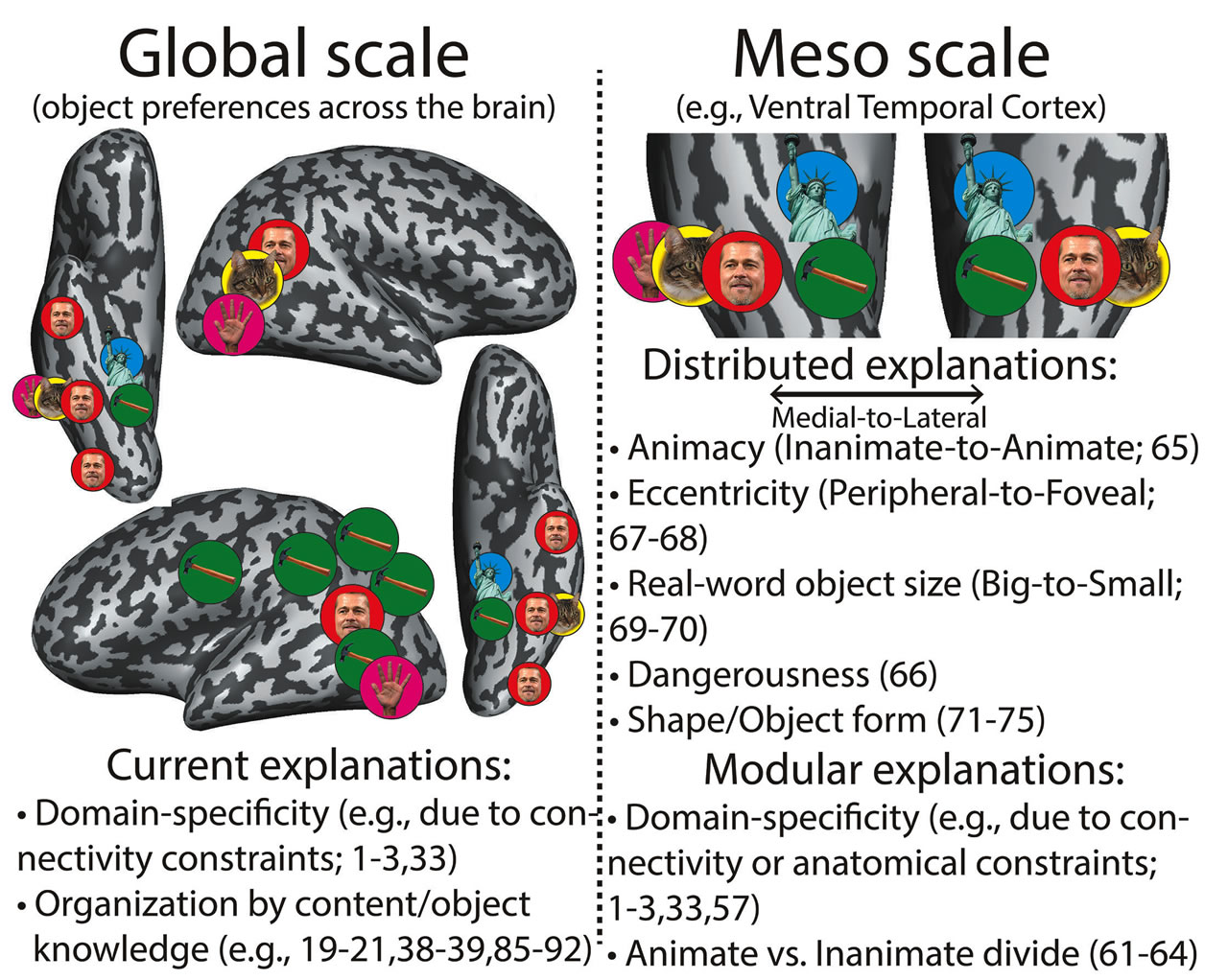
2. Connectivity constraints on neural processing, representation, and organization
This line of research measures causally how the brain processes information locally and globally by using Transcranial direct current stimulation (tDCS), and explores connectivity constraints on neurocognitive functioning. Specifically, in this line of research we use functional magnetic resonance imaging to unravel these questions. This line of research has been showing that local neural organization and category-specificity, for instance within ventral temporal cortex, depends also on information integration in remote nodes of functionally-specified neural networks. That is, local neural representation and organization is (partly) specified by information integration with remote nodes of functionally-specified neural networks.
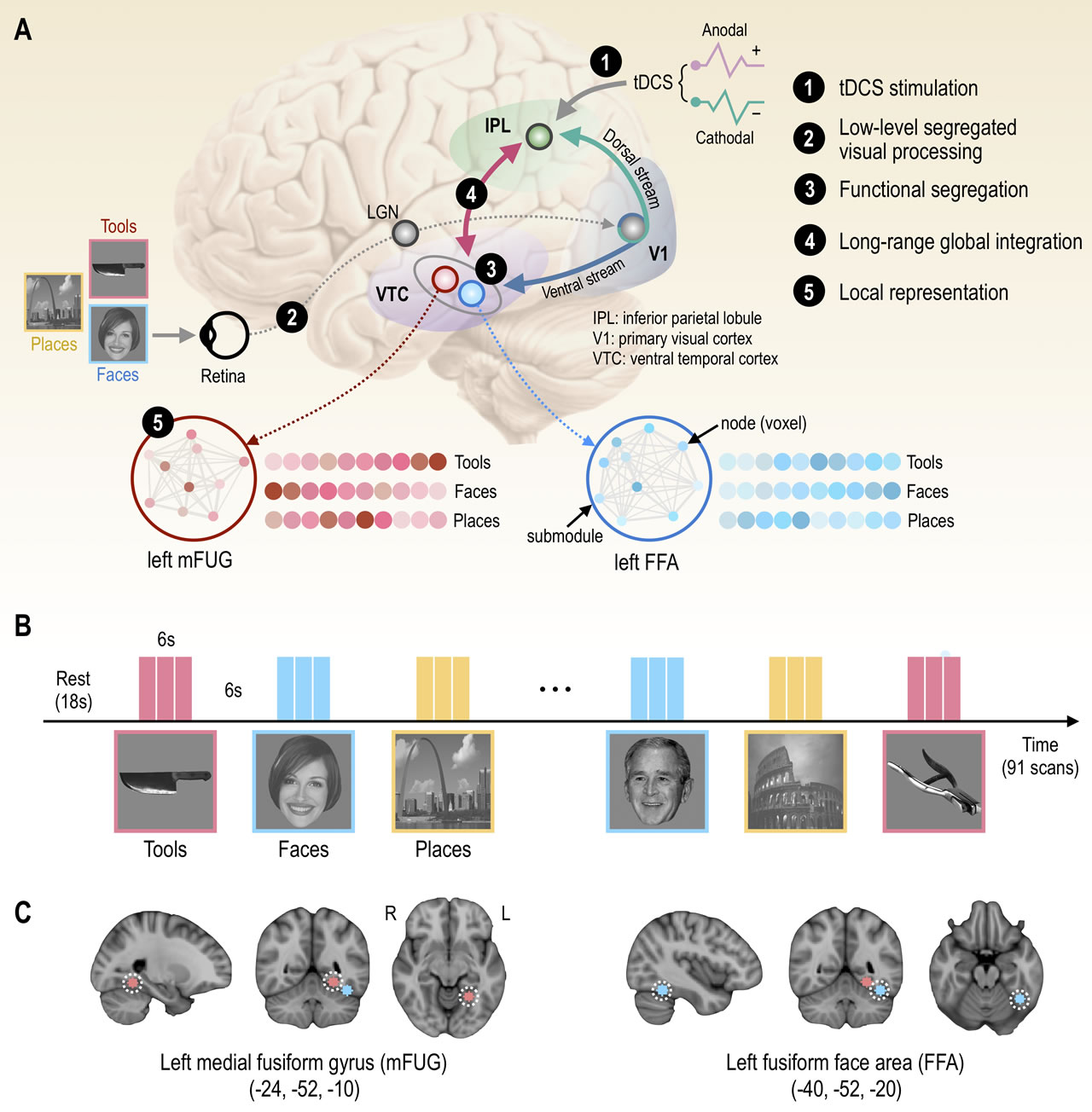
For more information please check these publications:
Ruttorf, M., Kristensen, S., Schad, L.R., & Almeida, J. (in press). Transcranial Direct Current Stimulation Alters Functional Network Structure in Humans: A Graph Theoretical Analysis. IEEE Transactions on Medical Imaging. DOI 10.1109/TMI.2019.2915206.
Lee, D., Mahon, B.Z., & Almeida, J. (2017). Action at a distance on object-related ventral temporal representations. Cortex, 117, 157-167.
Almeida, J., Martins, A.R, Bergström, F., Amaral, L., Freixo, A., Ganho-Ávila, A., Kristensen, S., Lee, D., Nogueira, J., & Ruttorf, M. (2017). Polarity-specific transcranial Direct Current Stimulation effects on object-selective neural responses in the Inferior Parietal Lobe. Cortex, 94, 176-181.
Chen, Q., Garcea, F.E., Almeida, J., & Mahon, B.Z. (2017). Connectivity-based constraints on category-specificity in the ventral object processing pathway. Neuropsychologia, 105, 184-196.
3. Neuroplasticity in special populations (deafness; aging)
In this line of research we focus on two special populations: the congenitally deaf and healthy elderly individuals.
3.1 Regarding the congenitally deaf, we are exploring how neuroplasticity changes the way in which visual information is processed in the brain of congenitally deaf individuals. We have demonstrated before that the auditory cortex (AC) of congenitally deaf individuals can exhibit considerable plasticity and be recruited to process visual, and that it shows aspects similar to the functional organization present in visual cortex, as well as a typical tonotopic organization, amongst other properties. The fact that visual information is processed in the AC of the congenitally deaf leaves several important open questions that we will address under this line of research. These questions include understanding how visual information reaches the AC of the congenitally deaf; how visual information is functionally organized in the neuroplastically-changed AC; how these neuroplastic changes affect compensatory behavior under deafness; and how these changes hamper auditory restoration efforts.
Almeida, J., Nunes, G., Marques, J.F., & Amaral, L. (2018). Compensatory plasticity in the congenitally deaf for visual tasks is restricted to the horizontal plane. Journal of Experimental Psychology: General, 147(6), 924-932.
Amaral, L., Ganho, A., Osório, A., He, D., Chen, Q., Mahon, B.Z., Gonçalves, O.F., Sampaio, A., Fang, F., Bi, Y. & Almeida, J. (2016). Hemispheric asymmetries in subcortical visual and auditory relay structures in congenital deafness. European Journal of Neuroscience, 44(6), 2334-2339.
Striem-Amit, E., Almeida, J., Belledonne, M., Chen, Q., Fang, Y., Han, Z., Caramazza, A. & Bi, Y. (2016). Topographical functional connectivity patterns exist in the congenitally, prelingually deaf. Scientific Reports, 6, Article number: 29375.
Almeida, J., He, D., Chen, Q., Mahon, B.Z., Zhang, F., Gonçalves, O.F., Fang, F., & Bi, Y. (2015). Decoding visual location from neural patterns in the auditory cortex of the congenitally deaf. Psychological Science, 26(11), 1771-1782.
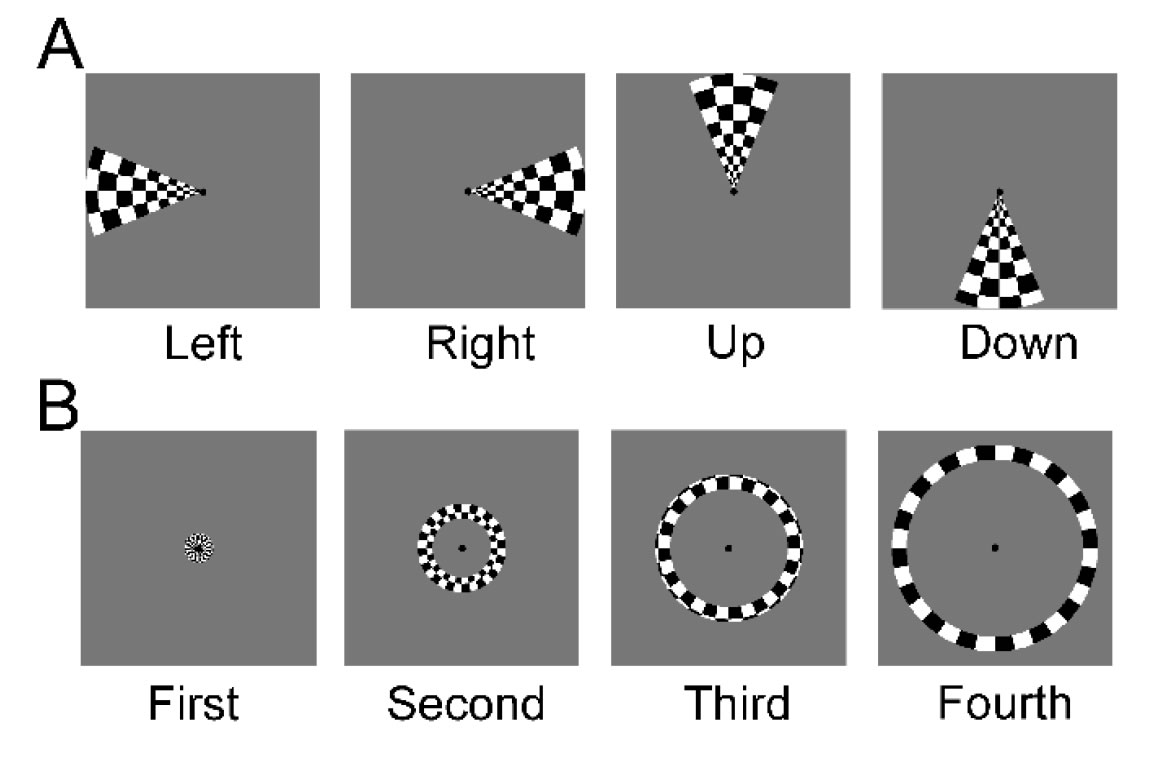
3.2 Regarding aging, we are focusing on developing strategies to maintain or enhance cognitive functions in the elderly via exploring plasticity. We used an innovative design to explore the synergetic effects of cognitive training combined with tDCS to investigate neuroplasticity in older adults. Our data shows an improvement in verbal and visual episodic memory tasks in the groups receiving cognitive training plus tDCS. This holds promise as a means to enhance cognitive functions in healthy elderly.
Amaral, L., Martins, A. R., Alves, J., Fernandes, F., Fregni, F., Simis, S., Almeida, J., Simões, M. R. (2017). Memory enhancement in aging - the role of cognitive training combined with tDCS: preliminary results. Brain Stimulation, 10(2), 411.
Martins, A. R., Fregni, F., Simis, M., & Almeida, J. (2017). Neuromodulation as a cognitive enhancement in healthy aging: promises and pitfalls. Aging, Neuropsychology and Cognition, 24, 158-185.
Low on High: the impact of low-level vision on high-level processes such as object recognition.
In this project we focused on how the architecture of the visual system shaped how we recognize (manipulable) objects. This line evolved into two main branches: one that dealt specifically on how information processed by the dorsal visual stream affects the recognition of manipulable objects; and one that studied how subcortical visual pathways, such as the Parvocellular and Magnocellular pathways, have shaped the macroscopic organization of object knowledge in the brain.
1. Dorsal stream and ventral stream processing in the service of tool recognition

This line of research used binocular rivalry techniques – and in particular Continuous Flash Suppression (CFS) – to dissociate the different visual pathways, particularly the magnocellular-dominated dorsal visual pathway and the parvocellular-dominated ventral visual pathway. In CFS, a static image, presented to one of the eyes, competes with a dynamic image, presented on the opposite eye, with the latter reliably suppressing the former for a prolonged time (see Figure). This work led to the understanding that, unlike what was proposed by many models of visual processing, information processed by the magnocellular-dominated dorsal visual pathway – and specifically information about how graspable an object is – has an impact on the process of manipulable object recognition. Moreover, these results demonstrated that the magnocellular-dominated dorsal stream, in isolation from the parvocellular-dominated ventral stream, is agnostic as to the identity of the objects that it processes.
For more information please check these publications:
Almeida, J., Mahon, B., Zapater-Raberov, V., Dziuba, A., Cabaço, T., Marques, J.F., & Caramazza, A. (2014). Grasping with the eyes: the role of elongation in visual recognition of manipulable objects. Cognitive, Affective and Behavioral Neuroscience, 14(1), 319-335.
Almeida, J., Mahon, B.Z., and Caramazza, A. (2010). The role of the dorsal visual processing stream in tool identification. Psychological Science, 21(6), 772-778.
Almeida, J., Mahon, B.Z., Nakayama, K., and Caramazza, A. (2008). Unconscious processing dissociates along categorical lines. Proceedings of the National Academy of Science USA 105(39), 15214 – 15218.
2. The role of Subcortical Parvocellular, Magnocellular and Koniocellular pathways in the processing of tool items:
In this project we set out to understand the contribution of the different subcortical visual pathways in the processes that subserve tool recognition. The existence of different channels within the visual system places strong constraints on the types of information to which we are sensitive in our environment, both during online processing, as well as on an evolutionary timescale. The central question that we wanted to address in this specific aim was whether the signatures of low-level segregation within the visual system have shaped the organization of high-level object representations. To address this aim, we based a series of experiments on the physiological models of how different pathways feed cortical visual areas. We used psychophysical methods to bias the processing towards different visual pathways, and examine, with behavioral and functional imaging analyses, their role in tool recognition. Data from this line of research indicates important influences of segregation between Parvocellular, Magnocellular, and Koniocellular channels on tool recognition. We found that P-biased stimuli drive tool-preferences selectively in inferior parietal regions, whereas M-biased stimuli selectively drive tool-preferences in Superior Parietal Cortex, and K-biased stimuli selectively drive tool-preferences in posterior/superior parietal regions. These data show that segregation within low-level systems has a dramatic effect on tool recognition processes. We have a couple of on-going projects that will continue to exploit these dissociations within the neural network that supports tool processing by the type of visual input.
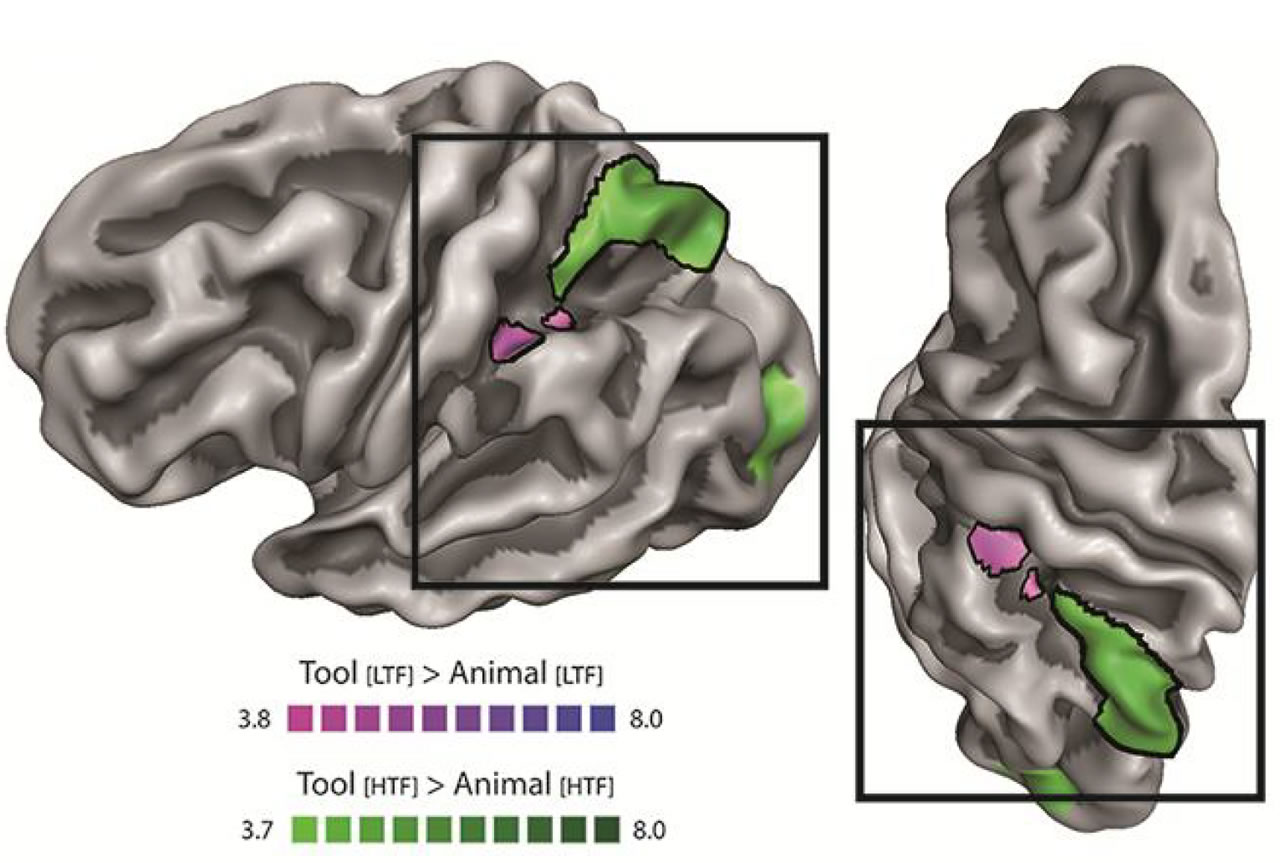
For more information please check these publications:
Kristensen, S., Garcea, F.E., Mahon, B.Z., & Almeida, J. (2016). Temporal frequency tuning reveals interactions between the dorsal and ventral visual streams. Journal of Cognitive Neuroscience, 28(9), 1295-1302
Garcea, F.E., Kristensen, S., Almeida, J., & Mahon, B.Z. (2016). Resilience to the contralateral visual field bias as a window into object representations. Cortex, 81, 14-23.
Almeida, J., Fintz, A., & Mahon, B. (2013). Tool manipulation knowledge is retrieved by way of the ventral visual object processing pathway. Cortex, 49(9), 2334-2344.
Mahon, B., Kumar, N., & Almeida, J. (2013). Spatial frequency tuning reveals visuomotor interactions between the dorsal and ventral visual systems. Journal of Cognitive Neuroscience, 25(6), 862-871.
